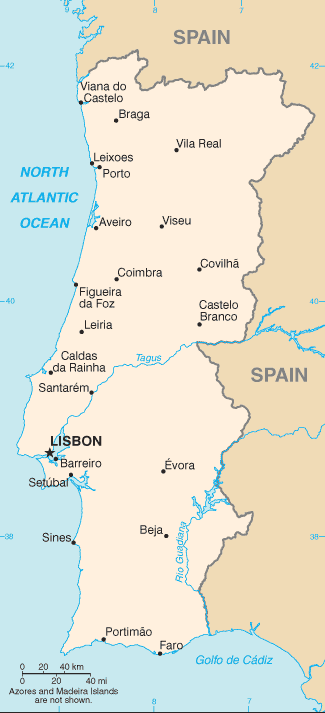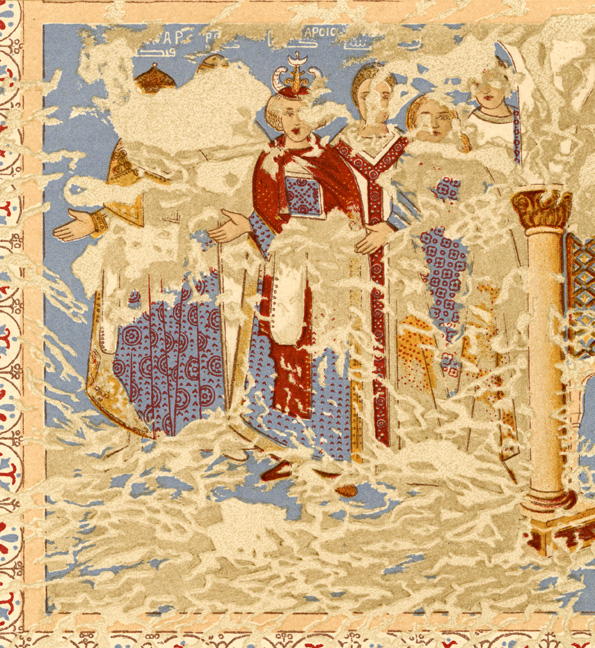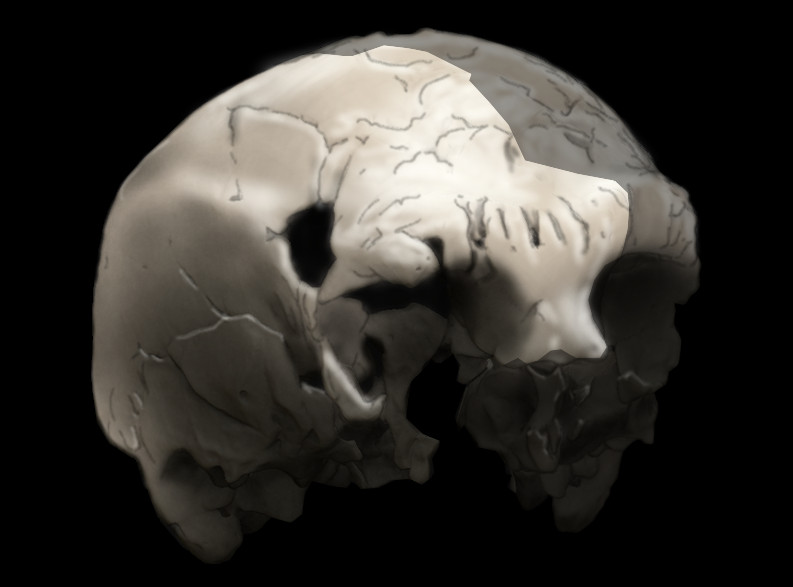|
Municipality (Portugal)
The municipality ( or ) is the second-level administrative subdivision of Portugal, as defined by the 1976 Constitution. As a general rule, each municipality is further subdivided into parishes (''freguesias''); the municipalities in the north of the country usually have a higher number of parishes. Six municipalities are composed of only one parish, and Barcelos, with 61 parishes, has the most. Corvo is, by law, the only municipality with no parishes. Since the creation of a democratic local administration, in 1976, the Portuguese municipalities have been ruled by a system composed of an executive body (the municipal chamber) and a deliberative body (the municipal assembly). The municipal chamber is the executive body and is composed of the president of the municipality and a number of councillors proportional to the municipality's population. The municipal assembly is composed of the presidents of all the parishes that compose the municipality, as well as by a number ... [...More Info...] [...Related Items...] OR: [Wikipedia] [Google] [Baidu] |
Corvo (Azores)
Vila do Corvo () is the smallest municipality in the Portuguese archipelago of the Azores, constituting the island of Corvo in its entirety. With a population of 430 in 2011, it is the least populated of the Portuguese municipalities, and the only Portuguese municipality, by law, without a civil parish (''freguesia'', the smallest administrative unit in Portugal). Its area is . Vila do Corvo has at times been incorrectly referred to as ''Vila Nova do Corvo''. The village, the unique agglomeration on the island of Corvo, is constructed of small homes located along narrow roadways and alleys rising along the hills of the southern one-third of the island. The coastal area of the village is dominated by the Corvo Aerodrome and ports linking the community to the outside world. History Despite the discovery of Carthaginian coins and the possible presence of a pre-Portuguese statue on Corvo, the current historical consensus is that the history of the Azores begins with non-offi ... [...More Info...] [...Related Items...] OR: [Wikipedia] [Google] [Baidu] |
Berlengas
The Berlengas are a Portuguese archipelago consisting of small Atlantic islands off the coast of Peniche, Portugal, in the Oeste region. These islands were traditionally known to British mariners as "the Burlings". The only inhabited island is its largest island, Berlenga Grande, although there is currently no permanent habitation in the archipelago. The other islands are grouped into two groups of islets, the Estelas Islets and the Farilhões-Forcados Islets. History Human occupation on Berlenga Grande dates back to antiquity: the islands are referred to in Ptolemy's ''Geography'' as Λονδοβρίς (''Londobris''). Much later it was referred to as the island of ''Saturno'' by Roman geographers, and was visited successively by Muslims, Vikings and privateers. The islands are thought to be a former sacred place adopted by the Phoenicians in the first millennium BC where the cult of Baal–Melqart was celebrated. In 1513, with the support of Queen Eleanor of Viseu, monk ... [...More Info...] [...Related Items...] OR: [Wikipedia] [Google] [Baidu] |
Unincorporated Area
An unincorporated area is a parcel of land that is not governed by a local general-purpose municipal corporation. (At p. 178.) They may be governed or serviced by an encompassing unit (such as a county) or another branch of the state (such as the military). There are many unincorporated communities and areas in the United States and Canada, but many countries do not use the concept of an unincorporated area. By country Argentina In Argentina, the provinces of Chubut Province, Chubut, Córdoba Province (Argentina), Córdoba, Entre Ríos Province, Entre Ríos, Formosa Province, Formosa, Neuquén Province, Neuquén, Río Negro Province, Río Negro, San Luis Province, San Luis, Santa Cruz Province, Argentina, Santa Cruz, Santiago del Estero Province, Santiago del Estero, Tierra del Fuego Province, Argentina, Tierra del Fuego, and Tucumán Province, Tucumán have areas that are outside any municipality or commune. Australia Unlike many other countries, Australia has only local go ... [...More Info...] [...Related Items...] OR: [Wikipedia] [Google] [Baidu] |
Madeira
Madeira ( ; ), officially the Autonomous Region of Madeira (), is an autonomous Regions of Portugal, autonomous region of Portugal. It is an archipelago situated in the North Atlantic Ocean, in the region of Macaronesia, just under north of the Canary Islands, Spain, west of the Morocco and southwest of mainland Portugal. Madeira sits on the African Plate, African Tectonic Plate, but is culturally, politically and ethnically associated with Europe, with its population predominantly descended from Portuguese settlers. Its population was 251,060 in 2021. The capital of Madeira is Funchal, on the main island's south coast. The archipelago includes the islands of Madeira Island, Madeira, Porto Santo Island, Porto Santo, and the Desertas Islands, Desertas, administered together with the separate archipelago of the Savage Islands. Roughly half of the population lives in Funchal. The region has political and administrative autonomy through the Autonomous Regions of Portugal#Const ... [...More Info...] [...Related Items...] OR: [Wikipedia] [Google] [Baidu] |
Azores
The Azores ( , , ; , ), officially the Autonomous Region of the Azores (), is one of the two autonomous regions of Portugal (along with Madeira). It is an archipelago composed of nine volcanic islands in the Macaronesia region of the North Atlantic Ocean, about west of Lisbon, about northwest of Morocco, about southeast of Newfoundland, Canada, and the same distance southwest of Cork, Ireland. Its main industries are agriculture, dairy farming, livestock, fishing, and tourism, which has become a major service activity in the region. In the 20th century and to some extent into the 21st, they have served as a waypoint for refueling aircraft flying between Europe and North America. The government of the Azores employs a large percentage of the population directly or indirectly in the service and tertiary sectors. The largest city of the Azores is Ponta Delgada. The culture, dialect, cuisine, and traditions of the Azorean islands vary considerably, because these remote island ... [...More Info...] [...Related Items...] OR: [Wikipedia] [Google] [Baidu] |
Continental Portugal
Continental Portugal (, ) or mainland Portugal comprises the bulk of the Portuguese Republic, namely that part on the Iberian Peninsula and so in continental Europe, having approximately 95% of the total population and 96.6% of the country's land. Mainland Portugal is therefore commonly called by residents of the Portuguese archipelagos of the Azores and Madeira the continent () in all respects including minor elements of combined governance from Lisbon, the country's capital. Before 1975, when the Portuguese territory also stretched to several now-independent states in Africa, the designation ''metropolis'' () was also used. Context The designation ''mainland Portugal'' is used to differentiate the continental territory of Portugal from its insular territory. The latter comprises the archipelagos of Madeira and Azores in the Atlantic Ocean. The Azores and Madeira are also commonly referred to as the autonomous regions (), insular Portugal () or, simply, the islands (). Co ... [...More Info...] [...Related Items...] OR: [Wikipedia] [Google] [Baidu] |
Umayyad Conquest Of Hispania
The Muslim conquest of the Iberian Peninsula (; 711–720s), also known as the Arab conquest of Spain, was the Umayyad Caliphate, Umayyad conquest of the Visigothic Kingdom, Visigothic Kingdom of Hispania in the early 8th century. The conquest resulted in the end of Christianity, Christian rule in most of Iberia and the establishment of Muslims, Muslim Arab world, Arab-Moors, Moorish rule in that territory, which came to be known as al-Andalus, under the Umayyad dynasty. During the caliphate of the sixth Umayyad caliph al-Walid I (), military commander Tariq ibn Ziyad departed from North Africa in early 711 to cross the Straits of Gibraltar, with a force of about 1,700 men, to launch a military expedition against the Visigothic Kingdom, Visigoth-controlled Kingdom of Toledo, Spain, Toledo, which encompassed the former territory of Roman Hispania. After defeating king Roderic at the Battle of Guadalete in July the same year, Tariq was reinforced by an Arabs, Arab force led by his s ... [...More Info...] [...Related Items...] OR: [Wikipedia] [Google] [Baidu] |
Visigoths
The Visigoths (; ) were a Germanic people united under the rule of a king and living within the Roman Empire during late antiquity. The Visigoths first appeared in the Balkans, as a Roman-allied Barbarian kingdoms, barbarian military group united under the command of Alaric I. Their exact origins are believed to have been diverse but they probably included many descendants of the Thervingi who had moved into the Roman Empire beginning in 376 and had played a major role in defeating the Romans at the Battle of Adrianople in 378. Relations between the Romans and Alaric's Visigoths varied, with the two groups making treaties when convenient, and warring with one another when not. Under Alaric, the Visigoths invaded Italy and sack of Rome (410), sacked Rome in August 410. The Visigoths were subsequently settled in southern Gaul as ''foederati'' to the Romans, a relationship that was established in 418. This developed as an independent kingdom with its Capital city, capital at Toulou ... [...More Info...] [...Related Items...] OR: [Wikipedia] [Google] [Baidu] |
History Of Portugal (1834-1910)
The history of Portugal can be traced from circa 400,000 years ago, when the region of present-day Portugal was inhabited by ''Homo heidelbergensis''. The Roman conquest of the Iberian Peninsula, which lasted almost two centuries, led to the establishment of the provinces of Lusitania in the south and Gallaecia in the north of what is now Portugal. Following the fall of Rome, Germanic tribes controlled the territory between the 5th and 8th centuries, including the Kingdom of the Suebi centred in Braga and the Visigothic Kingdom in the south. The 711–716 invasion by the Islamic Umayyad Caliphate conquered the Visigoth Kingdom and founded the Islamic State of Al-Andalus, gradually advancing through Iberia. In 1095, Portugal broke away from the Kingdom of Galicia. Afonso Henriques, son of the count Henry of Burgundy, proclaimed himself king of Portugal in 1139. The Algarve (the southernmost province of Portugal) was conquered from the Moors in 1249, and in 1255 Lisbon became th ... [...More Info...] [...Related Items...] OR: [Wikipedia] [Google] [Baidu] |
King Of Portugal
This is a list of Portuguese monarchs who ruled from the establishment of the Kingdom of Portugal, in 1139, to the deposition of the Portuguese monarchy and creation of the Portugal, Portuguese Republic with the 5 October 1910 revolution. Through the nearly 800 years in which Portugal was a monarchy, the kings held various other Style of the Portuguese sovereign, titles and pretensions. Two kings of Portugal, Ferdinand I of Portugal, Ferdinand I and Afonso V of Portugal, Afonso V, claimed the crown of Castile and waged wars in order to enforce their respective claims. Ferdinand I managed to be recognized as Kingdom of Galicia, King of Galiza in 1369, although his dominance of the region was short-lived. When the House of Habsburg came into power, the kings of Spain, kings of Naples, Naples, and kings of Sicily, Sicily also became kings of Portugal. The House of Braganza brought numerous titles to the Portuguese Crown some honorary, such as the attribution of the title of ''Rex F ... [...More Info...] [...Related Items...] OR: [Wikipedia] [Google] [Baidu] |
Foral
200px, Foral of Castro Verde - Portugal The ''Carta de Foral'', or simply ''Foral'', was a royal document in Portugal and its former empire, whose purpose was to establish a ''concelho'' (Council) and regulate its administration, borders and privileges. A newly founded town would also need the king's approval through a ''Foral'', in order to be considered one. In this case, the town's administration and privileges would be defined in that document. ''Forais'' were granted between the 12th and the 16th centuries. The ''Foral'' was the basis for municipal foundation, thus the most important event of a city or town's history. It was critical to a successful land settling and an increase in crop yields, by giving more freedom and dignity, via a concession, to farmers, in an age when people were subject to near slave work, as servants of landlords. The ''Foral'' made a ''concelho'' free from feudal control, transferring power down to a neighbours council (''concelho''), with its own ... [...More Info...] [...Related Items...] OR: [Wikipedia] [Google] [Baidu] |







